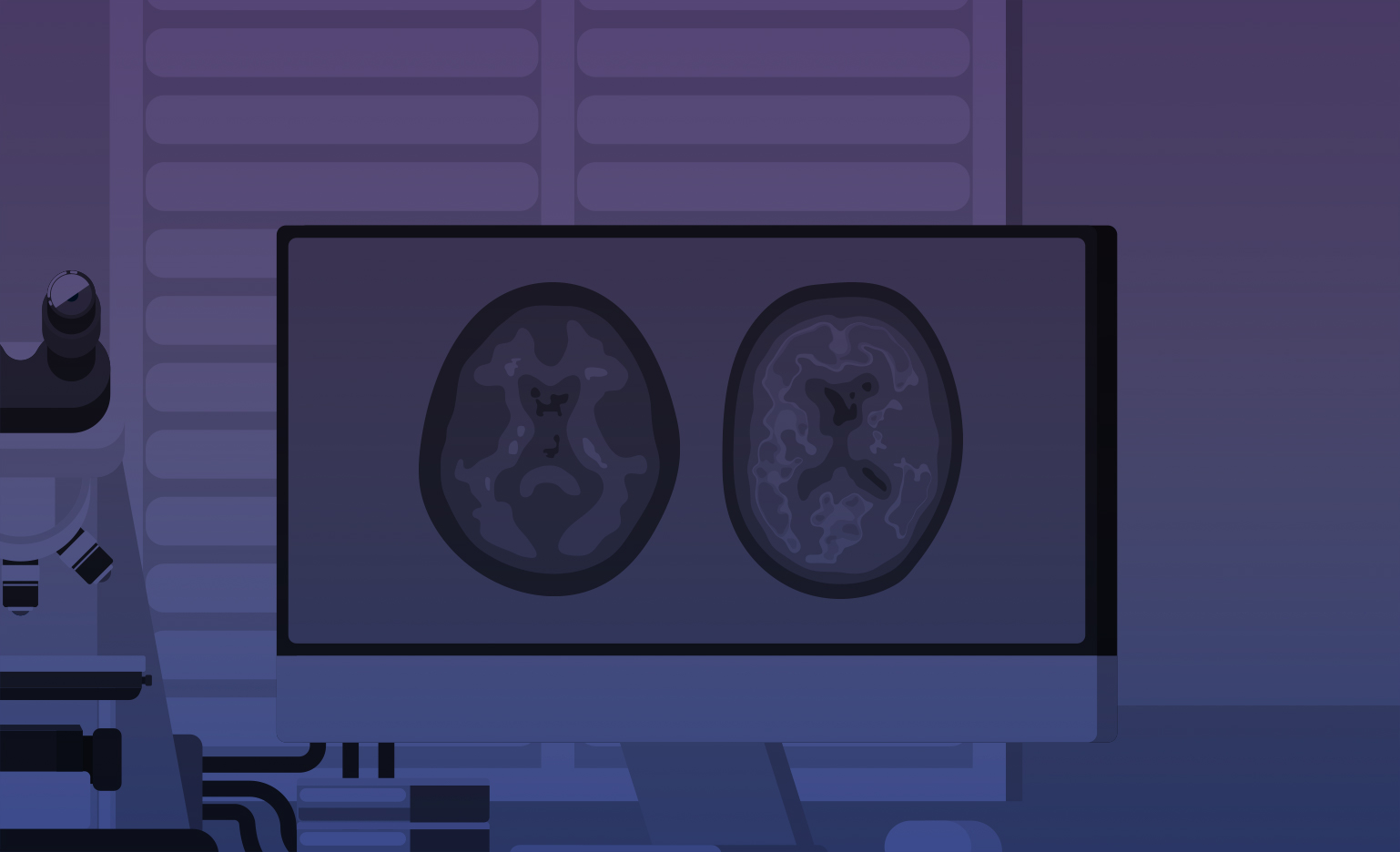Lawson Health Research Institute
Lawson Health Research Institute
The Role of Perfusion MRI in Improving the Diagnosis of FTD Subtypes and Longitudinal Monitoring of Disease Progression
Imaging has already proven useful in the care of dementia patients by helping to distinguish between different forms of dementia by their specific effects on certain brain regions. Beyond diagnosis, imaging could help in the battle against dementia by providing a means of assessing how the brain is affected by potential new treatments aimed at slowing down or even reversing the effects of this devastating disease. The aim of this study is to establish a new magnetic resonance imaging approach for measuring blood flow in the brain that could be used to track long-term changes in brain function due to disease progression and/or treatment. Because this technique is MRI based, it would complement existing structural imaging methods. In addition, it could be more sensitive to changes in brain function since blood flow is tightly linked to brain activity. In this project, our goal is twofold: First, to demonstrate that this MRI technique can accurately measure brain blood flow in patients with Frontotemporal dementia and age-matched healthy controls. Second, to show that it can be used to monitor changes in brain function over extended periods of time. These two aims will highlight the value of blood flow imaging for future clinical trials of emerging therapies.

